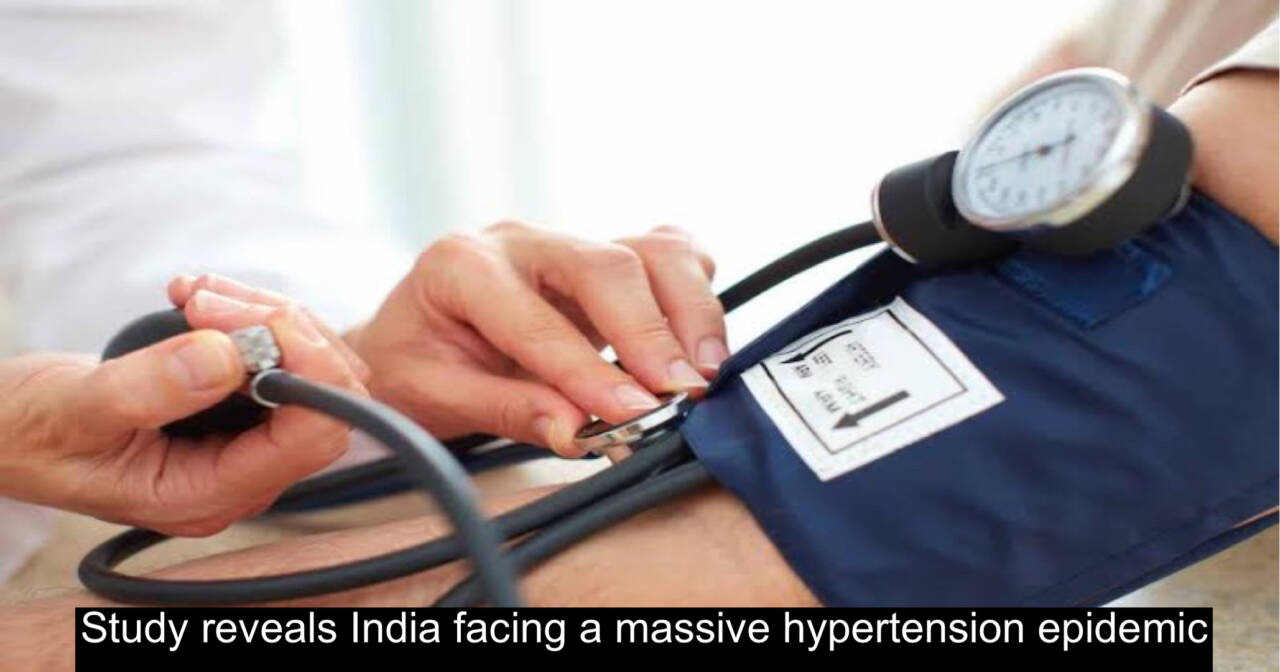
With 200 million people affected and a high prevalence of diabetes, India is facing a tremendous hypertension epidemic. The Union Health Ministry has launched the ambitious 75/25 plan, which aims to enrol 75 million hypertensive and diabetic people into standard care by 2025, making it the world’s greatest fight against Noncommunicable Diseases. Hypertension is defined by unusually high blood pressure that puts undue strain on arterial walls. Blood pressure above 140/90 is considered high, with severe cases exceeding 180/120. Although very high blood pressure is generally symptomless, it can cause severe headaches, chest discomfort, dizziness, difficulty breathing, nausea, vomiting, blurred vision or other vision disturbances, anxiety, buzzing in the ears, nosebleeds, and abnormal heart rhythm.
Multiple factors influence India’s high hypertension prevalence, including the sodium-rich Indian food, genetic susceptibility, socioeconomic circumstances, and lifestyle choices. According to studies, hypertension affects over 30% of the Indian population, highlighting its major health impact. According to healthcare professionals, hypertension is on the rise among young adults in India, with a prevalence ranging from 10% to 30%. This alarming tendency is exacerbated by risk factors such as smoking, mental stress, and obesity. Despite the fact that hypertension is common in India, awareness and treatment levels remain low. Hypertension affects around 33% of urban and 25% of rural Indians, yet just a quarter of rural patients and approximately 42% of urban Indians are aware of their illness. Treatment rates are inadequate, with only 25% of rural and remote residents receiving treatment.
The India Hypertension Control Initiative (IHCI) intends to address the hypertension problem by 2025. The government intends to reach 75 million hypertensive persons and has begun training primary care providers. They also use the Shashakt Portal to increase the rates of screening, diagnosis, and treatment.

Post Your Comments